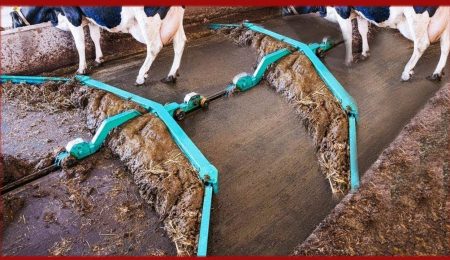Electric washing machines have become an indispensable part of modern households, simplifying the laundry process and saving time. This article delves into the manufacturing process of a local brand electric washing machine, covering each step in detail to provide a comprehensive understanding of how these essential appliances are made.
1. Design and Development
The first step in manufacturing an electric washing machine is the design and development phase. Engineers and designers work together to create detailed blueprints and 3D models of the washing machine. This phase includes:
- Conceptualization: Developing ideas for new models based on market research and consumer needs.
- Design: Creating detailed designs using CAD (Computer-Aided Design) software.
- Prototyping: Building prototypes to test the design, functionality, and durability.
- Testing: Conducting various tests on prototypes to ensure they meet safety and performance standards.
2. Material Sourcing
Once the design is finalized, the next step is sourcing the materials required for manufacturing. Key materials include:
- Metals: Such as steel and aluminum for the drum, frame, and other structural components.
- Plastics: For the outer body, control panel, and various internal parts.
- Electronic Components: Including motors, sensors, timers, and circuit boards.
- Other Materials: Such as rubber for seals and insulation materials.
3. Component Manufacturing
With materials sourced, individual components are manufactured. This step involves:
- Sheet Metal Fabrication: Cutting, bending, and forming metal sheets into the required shapes for the drum and other parts.
- Injection Molding: Creating plastic components using injection molding machines.
- Motor Production: Assembling the motor, which is the heart of the washing machine, responsible for driving the drum.
- PCB Manufacturing: Producing printed circuit boards (PCBs) that control the washing machine’s electronic functions.
4. Assembly Line Setup
The assembly line is set up to streamline the manufacturing process. Each station on the assembly line is responsible for a specific task, ensuring efficiency and consistency. Key stations include:
- Drum Assembly: Assembling the inner and outer drums, including installing the agitator or pulsator.
- Body Assembly: Attaching the outer body panels and control panel.
- Motor Installation: Installing the motor and connecting it to the drum and control unit.
- Wiring and Electronics: Integrating the wiring harnesses, sensors, and PCBs.
5. Final Assembly
In the final assembly phase, all components are brought together to form a complete washing machine. Steps include:
- Integration: Integrating the drum, motor, and electronic components into the body.
- Sealing and Insulation: Ensuring all seals and insulation materials are properly installed to prevent leaks and enhance safety.
- Quality Control: Inspecting each machine for defects and ensuring it meets quality standards.
6. Testing and Quality Assurance
Before the washing machines are packaged and shipped, they undergo rigorous testing to ensure reliability and performance. Testing includes:
- Functional Testing: Running the machine through various cycles to ensure all functions work correctly.
- Safety Testing: Checking for electrical safety, water leakage, and stability.
- Durability Testing: Simulating long-term use to ensure the machine can withstand daily wear and tear.
7. Packaging
Once the washing machines pass all tests, they are cleaned and prepared for packaging. The packaging process involves:
- Protective Wrapping: Wrapping the machine in protective materials to prevent damage during transit.
- Boxing: Placing the wrapped machine into sturdy boxes with cushioning materials.
- Labeling: Adding labels with product information, including model number, specifications, and safety warnings.
8. Distribution
The final step is distribution, where the packaged washing machines are shipped to retailers, wholesalers, and directly to customers. This involves:
- Logistics Planning: Coordinating shipping routes and schedules to ensure timely delivery.
- Warehousing: Storing the machines in warehouses until they are ready to be shipped.
- Delivery: Transporting the machines to their final destinations using trucks, trains, or other means.
The manufacturing process of a local brand electric washing machine is a complex and meticulous journey, from initial design and material sourcing to assembly, testing, and distribution. Each step is crucial in ensuring the final product is reliable, efficient, and meets the high standards expected by consumers. By understanding this process, one can appreciate the craftsmanship and engineering that go into creating these indispensable household appliances.
Supplier or Manufacturer from India? Register FREE and List Your products





Leave feedback about this